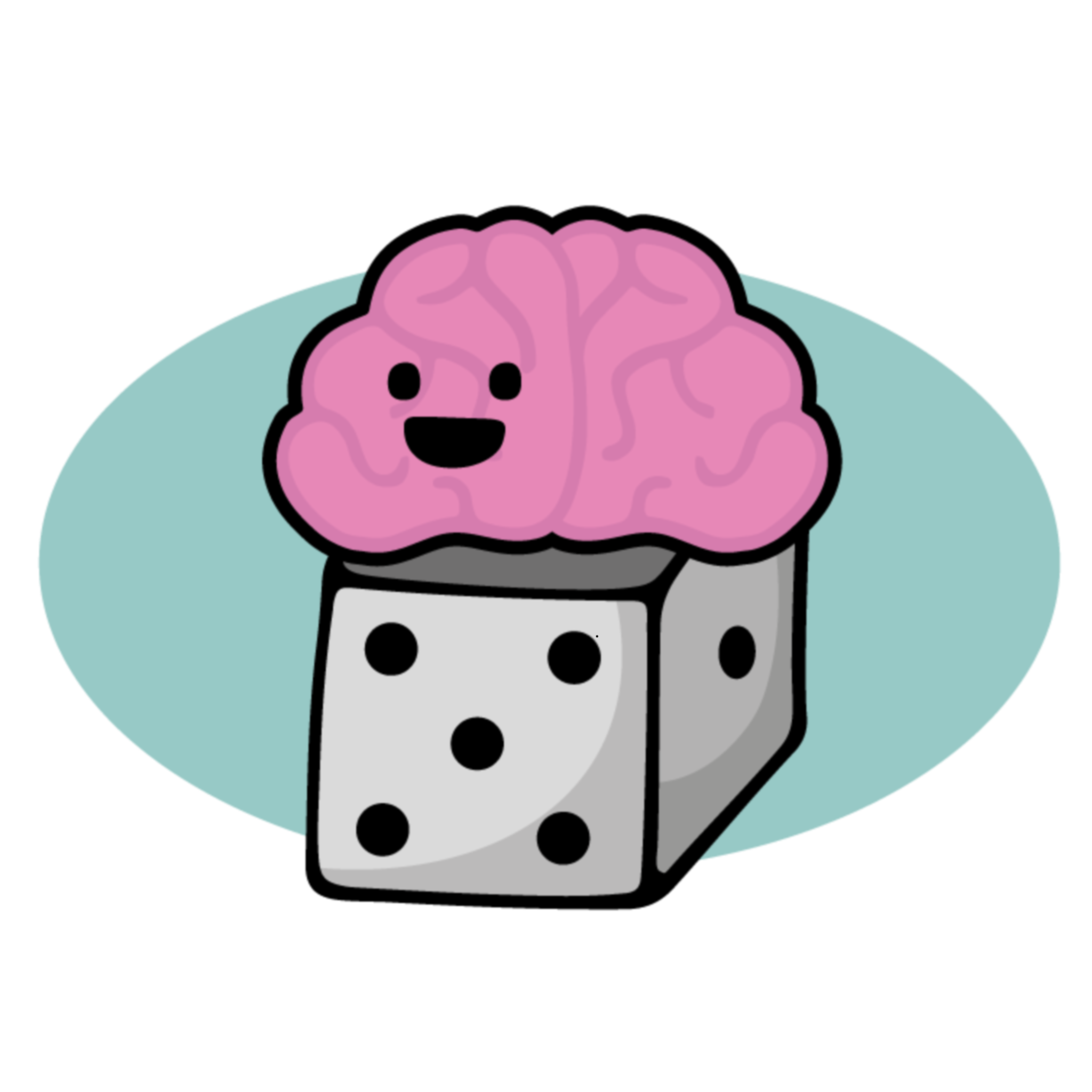Childhood Anxiety, Part 1: Definitions and Parent Concerns
 All people feel anxiety. It is an important and ancient defensive feature of the human body. Without anxiety how else would we be alerted to imminent danger? Our "fight or flight" response to threat has helped to protect us and keep us safe as a species. When our minds become aware of a threat, our nervous system kicks into gear. Powerful hormones begin to race through our bodies and activate our heart and lungs for increased blood flow and oxygen. In addition, there is a slight increase in blood to our arms and legs in preparation for this fight or flight response. Confronting the things that threaten us, or running away from them, keeps us safe. Thus, although anxiety may at first appear to be an annoying, unpleasant and even painful experience, this is not part of its intended function. In fact, anxiety is critical to optimal performance. For instance, imagine a public speaker who has little or no adrenaline coursing through their bodies. Chances are their speech will not be very inspired.
A child's experience of anxiety is very similar to that of their parents or other adults. All six of the anxiety disorders detailed for adults in the diagnostic manual of mental disorders also apply to children. The six disorders are panic disorder, specific phobias, obsessive compulsive disorder, generalized anxiety, social phobia and post traumatic stress disorder. What these disorders all have in common is an unusually intense fear that significantly interferes with a person's daily functioning. This kind of anxiety is no longer improving performance or keeping you safe. It has gone beyond these positive effects and is now restricting you or your child's life. While the underlying feelings of threat and physiological reactions are similar in kids and adults, what we see may be different. In fact, a seventh anxiety disorder is seen only in children and is called separation anxiety disorder.
All people feel anxiety. It is an important and ancient defensive feature of the human body. Without anxiety how else would we be alerted to imminent danger? Our "fight or flight" response to threat has helped to protect us and keep us safe as a species. When our minds become aware of a threat, our nervous system kicks into gear. Powerful hormones begin to race through our bodies and activate our heart and lungs for increased blood flow and oxygen. In addition, there is a slight increase in blood to our arms and legs in preparation for this fight or flight response. Confronting the things that threaten us, or running away from them, keeps us safe. Thus, although anxiety may at first appear to be an annoying, unpleasant and even painful experience, this is not part of its intended function. In fact, anxiety is critical to optimal performance. For instance, imagine a public speaker who has little or no adrenaline coursing through their bodies. Chances are their speech will not be very inspired.
A child's experience of anxiety is very similar to that of their parents or other adults. All six of the anxiety disorders detailed for adults in the diagnostic manual of mental disorders also apply to children. The six disorders are panic disorder, specific phobias, obsessive compulsive disorder, generalized anxiety, social phobia and post traumatic stress disorder. What these disorders all have in common is an unusually intense fear that significantly interferes with a person's daily functioning. This kind of anxiety is no longer improving performance or keeping you safe. It has gone beyond these positive effects and is now restricting you or your child's life. While the underlying feelings of threat and physiological reactions are similar in kids and adults, what we see may be different. In fact, a seventh anxiety disorder is seen only in children and is called separation anxiety disorder.
What are you likely to see in your child and when should you become concerned? Look for the following signs:
Avoidance of school, social or other activities.
Frequent complaints of tummy aches and headaches.
Intense insistence on sameness in routine.
Excessive clinginess to mom and dad even after age 6.
Frequent nightmares with themes of kidnapping or death, involving family members or themselves.
Excessive ordering or hoarding of objects.
Excessive worries in anticipation of the day ahead and a persistent need for reassurance.
Again, all people, including children, experience anxiety. So you may be asking yourself, at what point should I get worried? What qualifies as "excessive" or "intense"? You're own intuition will likely guide you in this respect. In addition to your intuition, you can ask yourself - to what extent is anxiety interfering with my child's day to day functioning? Can he or she live with it? Is it leading to a pattern of increasing avoidance of life in general? Would my child's experience be significantly improved without this degree of anxiety?
Tell us about your experience. Did you experience anxiety as a child? Have you seen dysfunctional levels of anxiety in your children? Leave us your comments and tell us your story.
Vote for The Family Anatomy Podcast at Podcast Alley and for the blog at Blogger’s Choice!
Note: Posts on Family Anatomy are for education only. If you need to talk to someone about family or mental health issues, you can get a referral from your family doctor.
